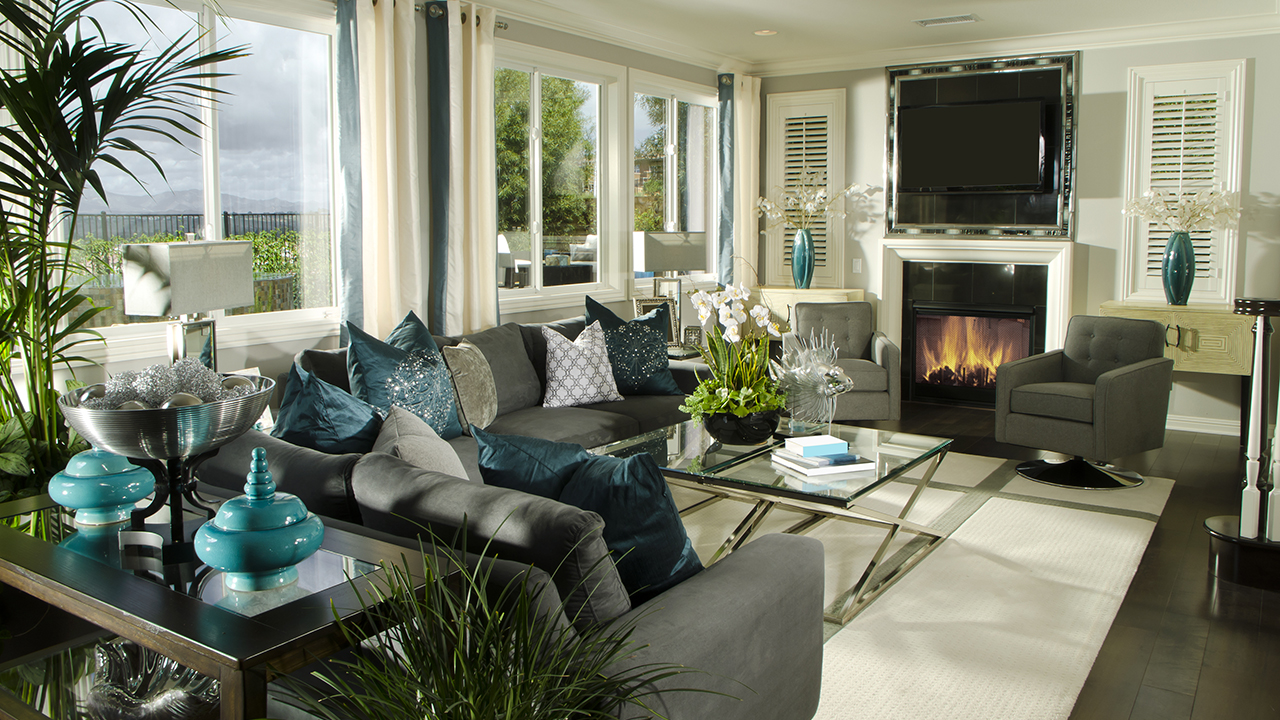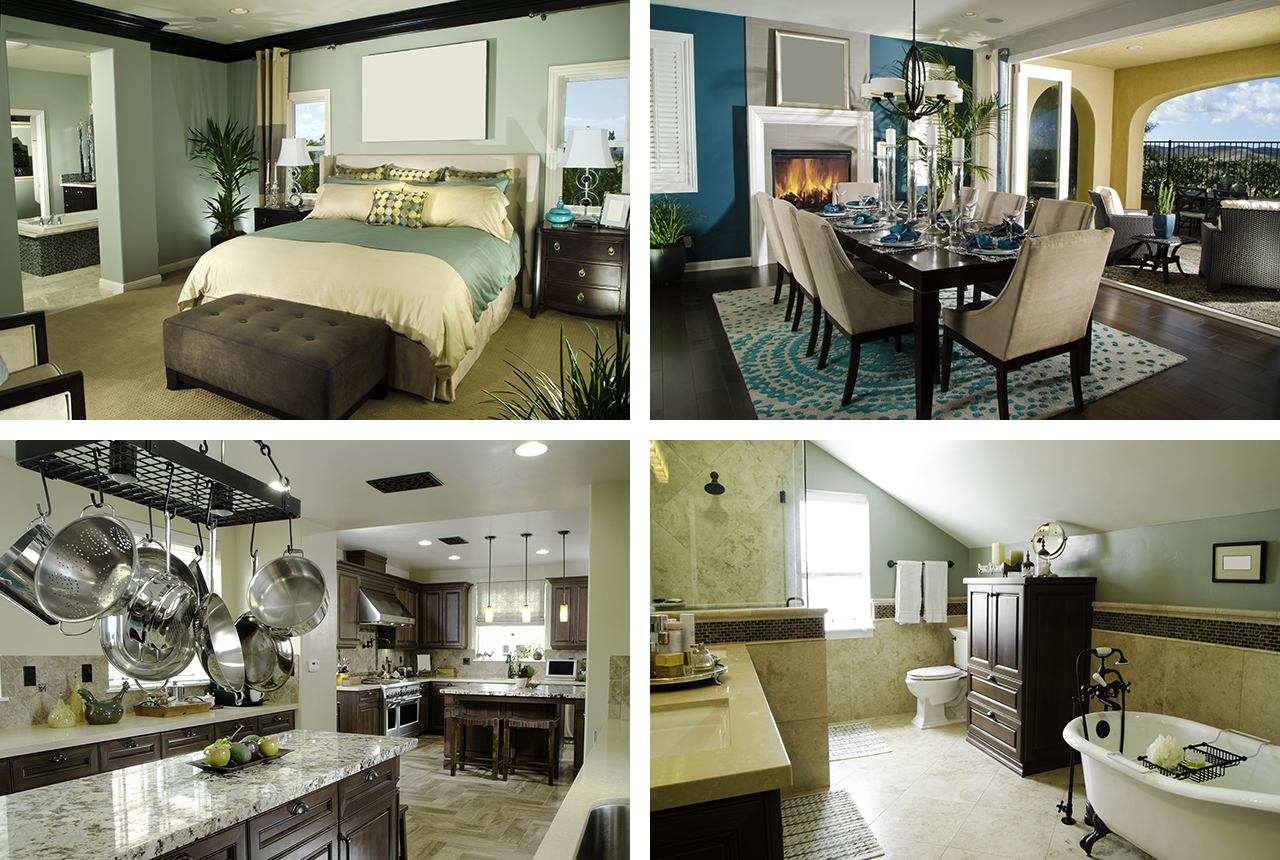Home builders know how to wow potential buyers. When developing brand new subdivision, the home they put on show is loaded from top to bottom with all the bells and whistles. The coveted model home not only helps entice buyers into purchasing a home, but also to dish out more money for upgrades.
Once the model home has done its job bringing in the buyers and filling up the subdivision, the builder will offer it up for sale. While many buyers aren’t keen on paying for a “new” home that’s already experienced a ton of traffic, others are eager to buy a home that’s been packed with all the upgrades the builder has to offer.

The question is, should you invest in a model home? Or are you spending more money than necessary for a home that quite possibly may not be of the soundest construction?
To answer this query, it’s helpful to weigh the pros and cons of a model home purchase.
Pros
An Amazing Layout
Builders are using their model homes to peak the interests of buyers, so they’ll pull out all the stops to boost sales. In addition to all the upgrades, they’ll also design the home with a fabulous layout. These days, contemporary buyers want to see homes with an open-concept floor plan, a large kitchen with a sizeable island, a huge master bedroom with its own ensuite bathroom, and functional flow throughout the entire space.
Builders work with architects and designers that will create a home with these exact features that buyers would want for themselves. As such, you’ll have the benefit of buying a home that’s already got an optimized layout.
Move-in Ready Convenience
After you put down a deposit on a lot and select your layout and elevation, the waiting game begins. It’s not uncommon for the closing date to be pushed out once or twice from the original date. You could be waiting months or even years before the home is finally built and ready to move into. Instead, a model home is ready when you are.
Upgrades Galore
Builders will nickel and dime buyers for every little upgrade added to a new home. When they finally sell the model home, all those upgrades will be yours to enjoy. Of course, you’ll be paying more compared to a bare-boned house, but you likely won’t be paying full price for every individual item. Every upgrade that the builder offers will likely be included in the model home; just make sure you negotiate a fair price.

Cons
Location
Model homes are typically constructed right at the entrance of a subdivision, for obvious reasons. The idea is to get as much exposure as possible. If you don’t like the idea of being right on the corner of a potentially busy street, then a model home purchase might not be the right one for you.
There won’t be any option to buy a lot on a quiet culdesac or backing onto a ravine, if you’ve got specific desires. Instead, you’ll have to settle for exactly where the home is, which is usually where the most in-and-out traffic will be.
Shorthanded Construction
In order to get subdivision sales moving, builders are under the gun to erect their model homes. As such, model homes are often constructed a little too quickly for optimal construction. Oftentimes shortcuts are made, which can go unnoticed.
Things like crooked crown molding or gaps in tile caulking are typical, but the problems can be even worse, and can go so far as plumbing and electrical issues. Model homes are typically built with cosmetics in mind instead of quality. Luckily you can thwart these issues by having a home inspector look over the home before sealing the deal and getting stuck with a home full of problems.
Price
Builders may try to hike the price of a model home considering the fact that it’s packed with upgrades. However, that model home has likely been up for months, or even years, which means it’s been visited by hundreds of people. That means the floors have been trampled over, the heating and cooling systems have been used constantly, and the plumbing and electrical systems have experienced wear and tear. In actuality, the home is no longer new, and the price should be negotiated with that in mind.
Shortened Home Warranty
New homes come backed with a 10-year warranty from the builder. If the model home was built 12 months ago, you just lost out on one year off your warranty. Not only that, but any warranties on the home’s appliances will likely be close to expiry – if not already expired – by the time you get the keys. Before buying a model home, it’s important to ask the builder to throw in a one-year warranty on mechanicals and appliances to the deal.
The Bottom Line
A model home purchase can be the right move if the cards line up for you, but you need to be aware of all its pros and cons. Make sure you ask yourself some important questions. Does the layout work for you and your current furniture? Does the price reflect the fact that the home is slightly used? Are you OK with the home’s location and lot size? Before you let all the upgrades seduce you, make sure you’ve taken the time to answer these questions and decide if buying a model home trumps going the traditional new-home route.



